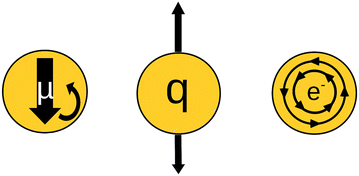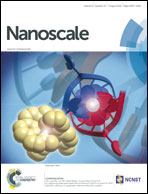Radiofrequency heating pathways for gold nanoparticles
Abstract
This feature article reviews the thermal dissipation of nanoscopic gold under radiofrequency (RF) irradiation. It also presents previously unpublished data addressing obscure aspects of this phenomenon. While applications in biology motivated initial investigation of RF heating of gold nanoparticles, recent controversy concerning whether thermal effects can be attributed to nanoscopic gold highlight the need to understand the involved mechanism or mechanisms of heating. Both the nature of the particle and the nature of the RF field influence heating. Aspects of nanoparticle chemistry which may affect thermal dissipation include the hydrodynamic diameter of the particle, the oxidation state and related magnetism of the core, and the chemical nature of the ligand shell. Aspects of RF which may affect thermal dissipation include power, frequency and antenna designs that emphasize relative strength of magnetic or electric fields. These nanoparticle and RF properties are analysed in the context of three heating mechanisms proposed to explain gold nanoparticle heating in an RF field. This article also makes a critical analysis of the existing literature in the context of the nanoparticle preparations, RF structure, and suggested mechanisms in previously reported experiments.


 Please wait while we load your content...
Please wait while we load your content...